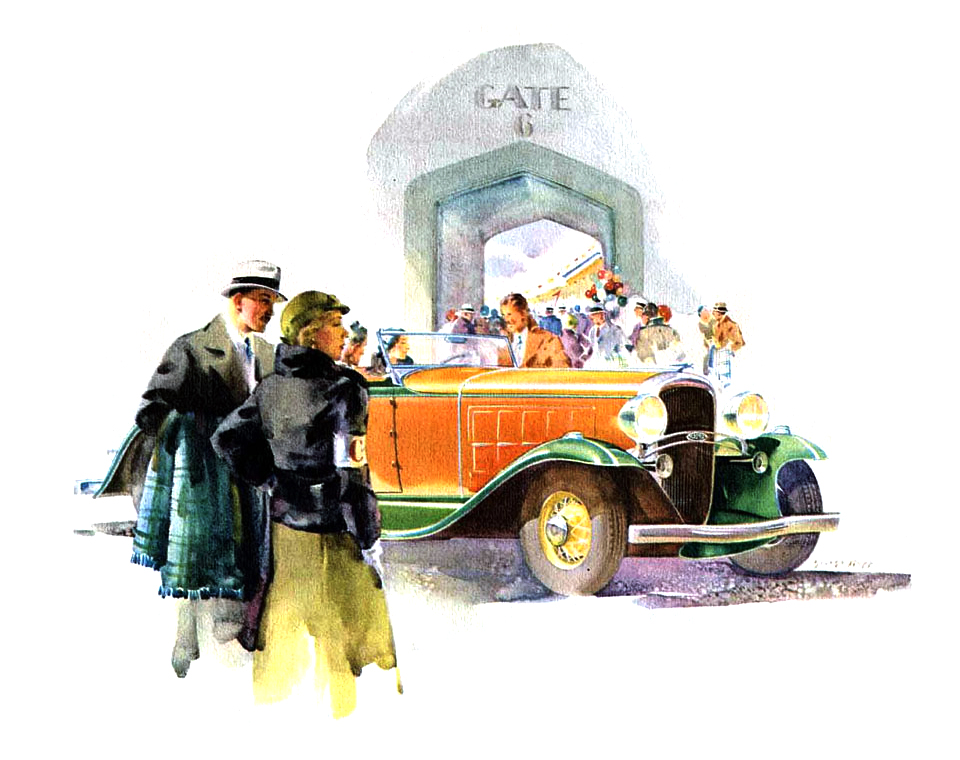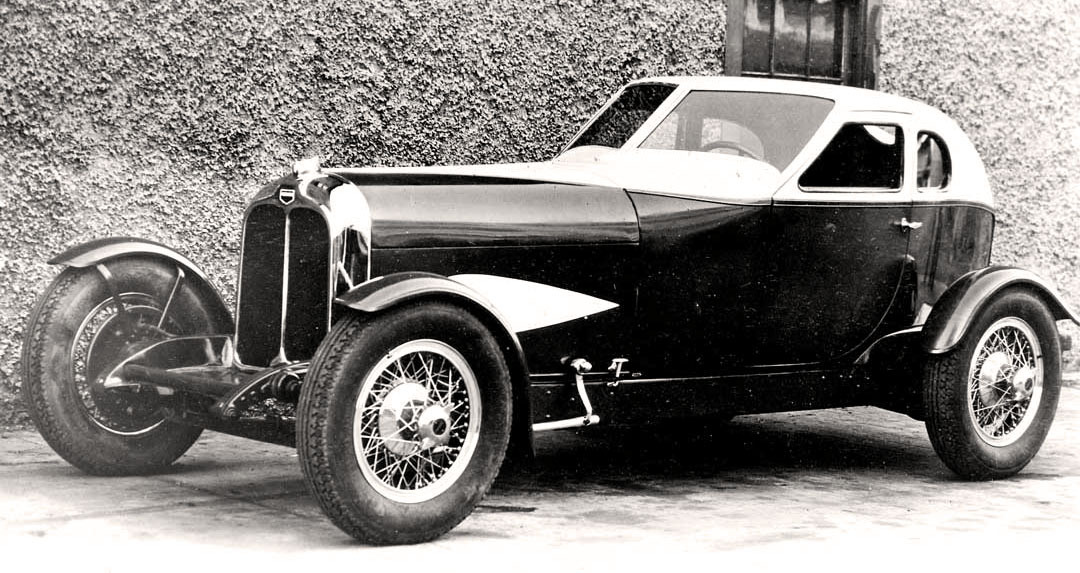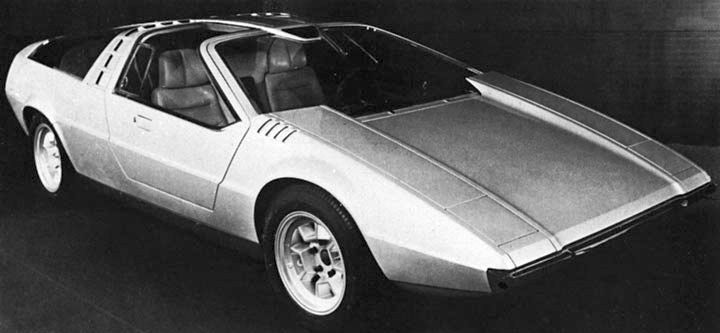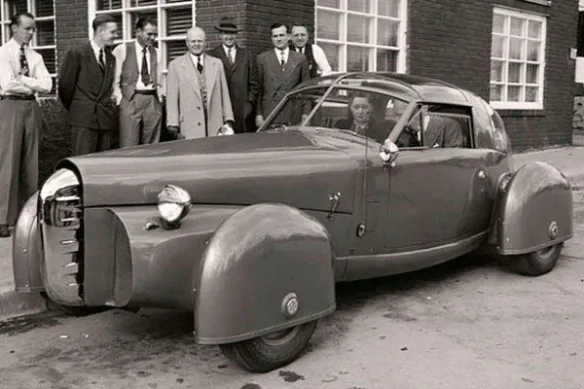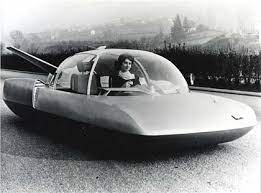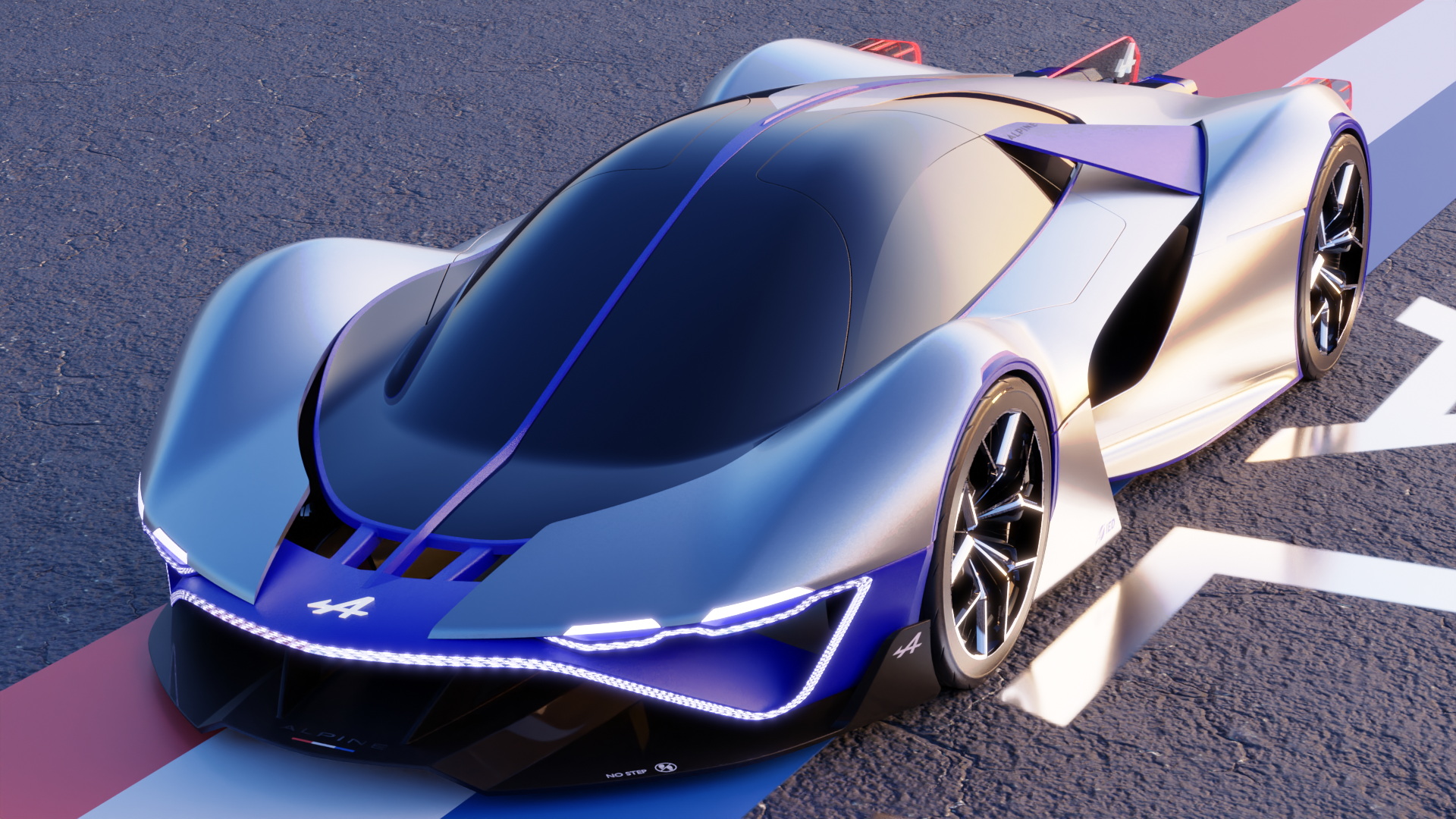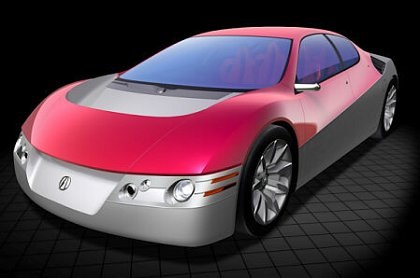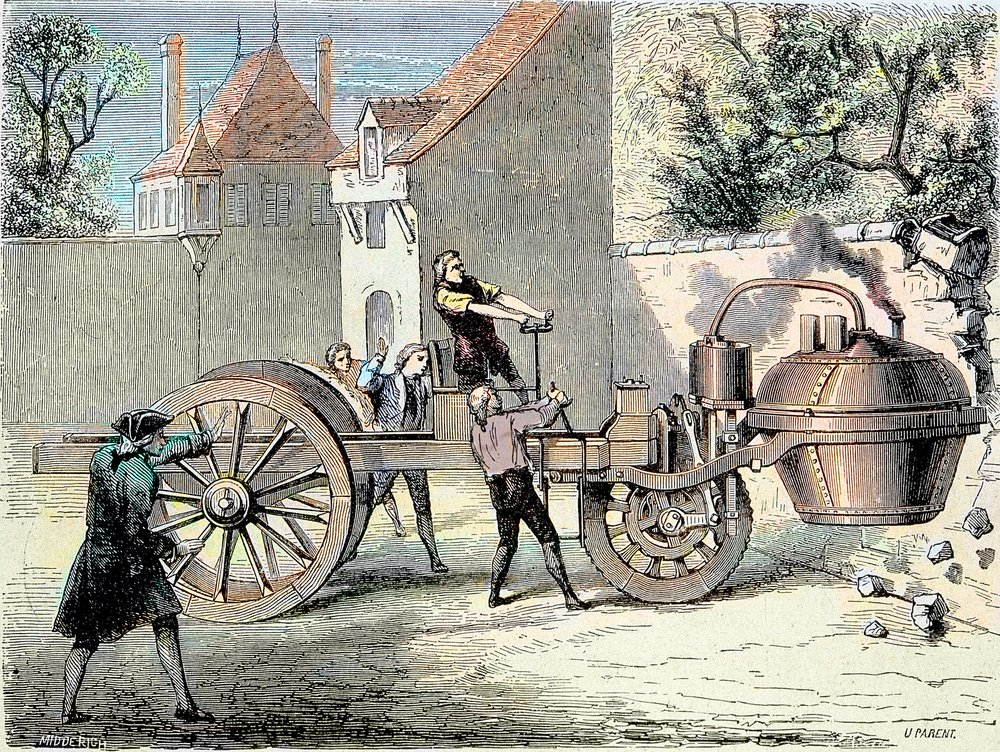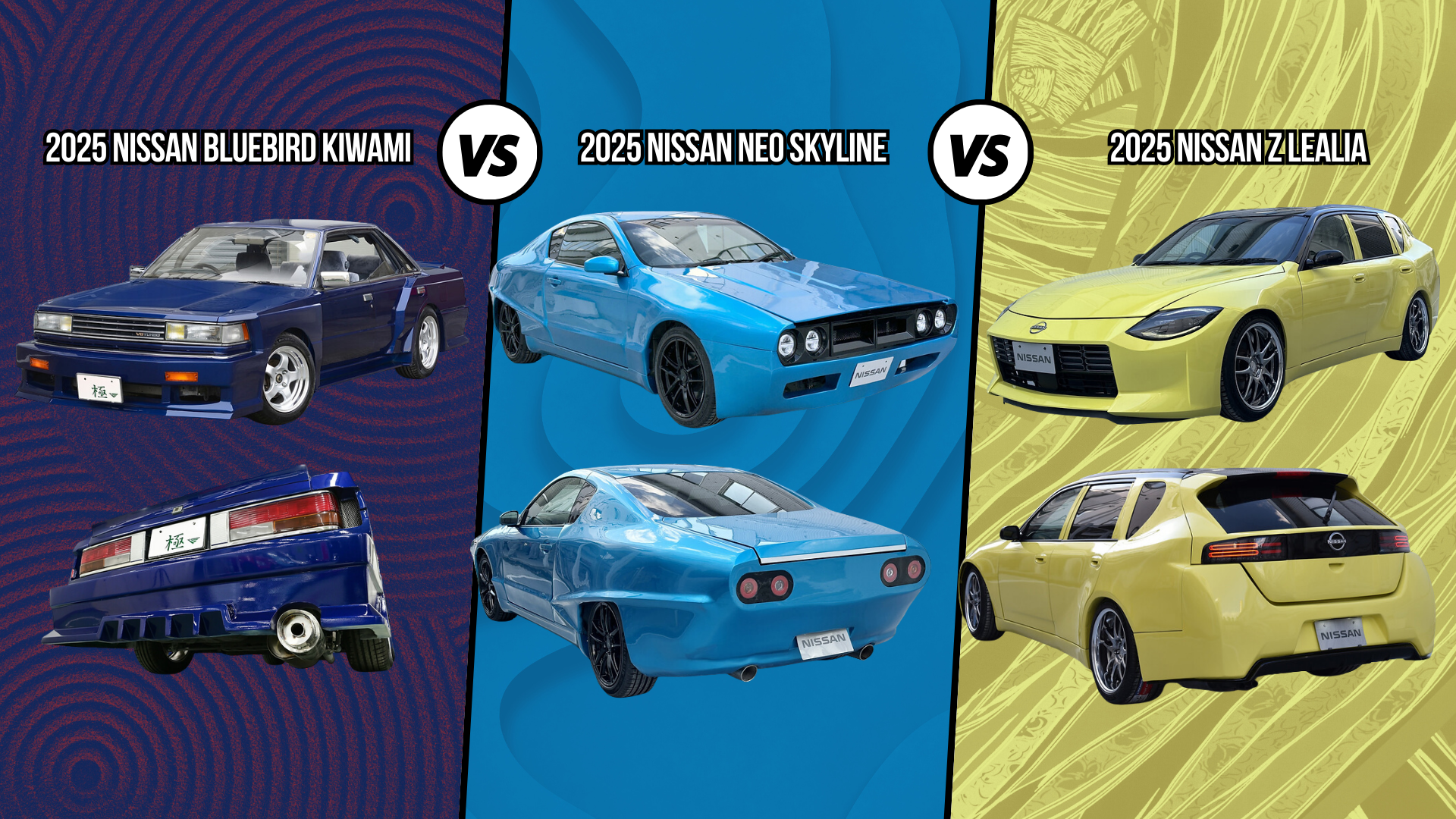The Saab Sonett is an automobile manufactured between 1955 and 1957 and between 1966 and 1974 by Saab of Sweden. Sonetts share engines and other components with Saab 93, 95, and 96 of the same era. It was mainly intended for the lucrative American export market and was only offered intermittently in the Swedish domestic market (1968 and 1972).
The first prototype, now known as the Sonett I, is a two-seat, open-top, lightweight roadster racer that, ten years later, evolved into the commercially distributed Sonett models II, V4, and III.

sports
Sonett I
In the 1950s, Rolf Mellde, a Saab engine developer and race enthusiast, and Lars Olov Olsson, Olle Lindkvist, and Gotta Svensson designed a two-seat roadster prototype in a barn in Åsaka, near Trollhättan (the site of the main Saab manufacturing facility). The limited research-and-development project, with a total budget of only 75,000 Swedish kronor, became known as the Sonett, a name derived from the Swedish phrase Så nätt den är ("how neat it is").
The Saab Sonett also called the Super Sport or Saab 94, was introduced on 16 March 1956 at Stockholm's Bilsalong (motor show). Featuring a three-cylinder 748 cc two-stroke engine generating 57.5 horsepower (42.9 kW) and a 70 kilograms (150 lb) aluminum box-style chassis from Swedish designer Sixten Sason, the Sonett I was an advanced low-weight 600 kg (1,323 lb) racer based on aircraft design concepts.
With a projected top speed of 120 mph (190 km/h), the Sonett I had the prospect of success on the European race circuit, and a production run of 2,000 units were planned for 1957. However, race competition rules changed, permitting modified production cars into race classes Saab had envisioned for its purpose-built Sonett, and the economic and marketing viability of the project faded.
Only six Sonett I vehicles were made between 1955 and 1957, all RHD. The original prototype, known as "No. 1" and built with a manually-crafted glass-reinforced plastic (GRP, or "fiberglass") body, served as the reference model for the other five cars. A scarce vehicle, only two Sonetts I exist in the United States; one was in the GM Heritage Center collection.
In September 1996, rally driver Erik Carlsson broke the Swedish record for the under–750-cc engine class with a speed of 159.4 km/h (99.0 mph) in the restored Sonett I original prototype "No. 1".
Pictured Above: Saab Sonett II (1966-1969)

Saab Sonett II
In the early 1960s, Björn Karlström, an aircraft and automotive illustrator, and Walter Kern, an engineer at Massachusetts Institute of Technology, independently suggested a two-seat roadster with Saab components and a two-stroke engine called the "Shrike." Two prototypes were developed: the Saab MFI13 by Malmö Flygindustri and the Saab Catherina by Sixten Sason.
After some modifications, the MFI13 was put into limited production (28 units) in 1966 as the Sonett II, manufactured at the Aktiebolaget Svenska Järnvägsverkstäderna (ASJ) in Arlöv. Inside Saab, it was designated model 97. A further 230 units were assembled in 1967. Still, as the two-stroke engine became increasingly uncompetitive in the US market, a switch to the Ford Taunus V4 engine was made in the middle of the 1967 production year, and the model was renamed the Sonett V4. Apart from the engine and related drivetrain, the Sonett II and Sonett V4 share much of their componentry. The additional weight did require some strengthening of the chassis and suspension pieces, and the wheels were half an inch wider than the four-inch units used on the Sonett II. Approximately 50 percent of the Sonett II production has survived, preserved, or maintained by museums, collectors, and race enthusiasts.
Like the Sonett, I prototype, the Sonett II fiberglass body was bolted to a box-type chassis with an added roll-bar to support the hard top. The entire front hood section is hinged forward to allow easy engine, transmission, and front suspension access. Equipped with a three-cylinder, two-stroke engine generating 60 PS (44 kW; 59 hp), the Sonett II achieved 0 to 100 km/h (0–62 mph) time of 12.5 seconds, with a top speed of 150 km/h (93 mph). All Sonett IIs were left-hand drive (LHD).
Designed as a race car, the Sonett II competed successfully against other small European sports cars, including the Austin-Healey Sprite and Triumph Spitfire, in Sports Car Club of America (SCCA) races of the period. Sonett IIs were disqualified from competitions due to low production volume. By 1967, the two-stroke engine failed to meet US emission control standards. In 2011 a two-stroke Sonett II achieved 109 miles per hour (175 km/h) at the Bonneville Salt Flats. Of the 28 Sonett IIs manufactured in 1966, all were equipped with 841cc three-cylinder two-stroke engines. SAAB produced serial numbers 29 through 258 with the two-stroke engine; serial number 259 was the first Sonett to have the V4 engine.
All Sonett II transmissions had a freewheel that could be engaged and disengaged in motion via a pull handle down near the throttle pedal. The freewheel was required in the normal (non-oil pump engines) SAAB two-stroke engines but not in the racing engines that had an oil injection system fed from a supply tank, nor in the Sonett V4 since it had a four-stroke engine with the common recirculating pressure lubrication.
The Škoda-engined ÚVMV 1100 GT was based on the Sonett II.
Saab Sonett III
The 1970 redesign of the Sonett V4, named the Sonett III, was initially undertaken by Sergio Coggiola. Still, Gunnar A. Sjögren altered it to fit the existing Sonett II chassis without expensive manufacturing-line changes. Extensive engine work required the removal of the entire front hood section. Hinged rear-window glass replaced the Sonett II/V4 rear compartment hatch door. With the mandate for a "bulge-less" hood, the engine compartment opening evolved into a small front popup panel, resulting in more limited access than in the Sonett V4.
US safety regulations required new low speed impact proof bumpers after 1972, significantly detracting from its Italian-inspired design. To help adapt the car to US market tastes, the Sonett III featured a floor-mounted shifter (instead of the Sonett V4 column-mounted shifter) and optional dealer-installed air conditioning. Sonett III's hidden headlamps were operated manually using a lever. All Sonett III were LHD.
While the 1970 and 1971 model years initially had the same 1500 cc Ford Taunus V4 engine as the Sonett V4, emission control requirements reduced the available horsepower. The model years 1971 to 1974 of the Sonett III used the 1700 cc Ford V4, but to meet increasingly strict federal regulations, net power output remained the same as the 1500 cc engine, at 65 horsepower (48 kW). Still, the Sonett III accelerated from 0–100 km/h (0–62 mph) in 13 seconds, and—due to a higher differential gear ratio (42 teeth on the ring gear and nine teeth on the pinion gear) than the standard 95/96 transmission (39:8)—achieved a top speed of 165 km/h (103 mph), aided by a drag coefficient of 0.31 cd.
Disappointing sales, especially during the 1973 oil crisis, led Saab to end production in 1974. A total of 8,368 Sonett IIIs were manufactured between 1970 and 1974.
SAAB also used the Sonett III for test builds powered by a Rankine cycle steam engine. One of the test cars survived and was at an auction in Stockholm in July 2019.
Canceled new Sonett
The Sonett name was planned to be revived as the production version of the Saab PhoeniX concept. Designed by Jason Castriota as an affordable halo car for Saab, it would have been a 2+2 sports car producing up to 400 hp in its highest form and used the new Phoenix platform that would have underpinned the next generation 9-3 and 9-1 compact. These projects were canceled with the dissolution of Saab in 2012
Sources
^ Jump up to:a b Nyblad, Fredrik (May 2018). "Lek med mig!" [Play With Me!]. Klassiker (in Swedish). Vol. 15, no. 5. Stockholm, Sweden: OK Förlaget AB. p. 35. ^ "Sportbilen: Saab Sonett fyller 50". Sportbilen.se. 13 October 2006. Archived from the original on 25 July 2011. Retrieved 29 July 2011. ^ "1985 USA Sonett I pictures". Webmiscellany.net. 9 April 2011. Retrieved 29 July 2011. ^ "General Motors | History & Heritage Homepage". GM. Archived from the original on 22 August 2008. Retrieved 9 May 2009. ^ "1956 Saab Sonett Super Sport Images, Information and History (Model 94)". Conceptcarz. Conceptcarz.com. Retrieved 9 May 2009. ^ "The Beginning of the Saab Sonett". How Stuff Works. Retrieved 9 May 2009. ^ Jump up to:a b SaabSonett.org. "SaabSonett.org". SaabSonett.org. Retrieved 9 May 2009. ^ Jump up to:a b Nyblad, p. 34 ^ "1967 Saab Sonett II Information and History". Conceptcarz. Conceptcarz.com. Retrieved 9 May 2009. ^ inside.saab.com Archived 3 November 2011 at the Wayback Machine ^ "All 95, 96 and 97 models for the U.S. were, as of the fall of 1970, equipped with a 1.7 liter V4 engine. The output remained the same as before: 65 hp.", Gunnar A. Sjögren, 'The SAAB Way'. ^ Auktionhuset KOLONN ^ Condon, Josh (21 October 2013). "Lost Saab Designs Revealed For The First Time". Road & Track. Retrieved 24 July 2021. ^ Winker, Tim (20 February 2013). "The story of the 9-3 Phoenix". SaabsUnited. Archived from the original on 24 September 2015. ^ Holloway, Hilton (14 April 2013). "Dramatic 'Sonett' 9-3 coupé lost in Saab collapse". Autocar. Retrieved 24 July 2021.
















